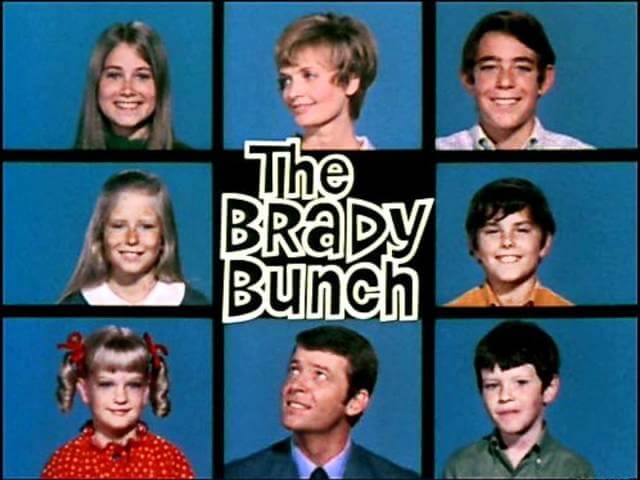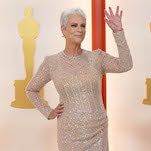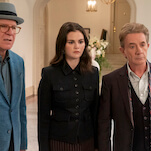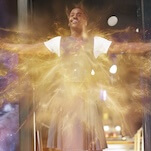In a Brady Bunch vs. Step By Step annoyance battle, nobody wins

For our Family Feud feature for Unconventional Families Week, every day The A.V. Club will select two families from a similar category. One of our writers will make the case for each side, and our fearless Editorial Director Josh Modell will make the call on the final victor. Whether you agree with Josh’s decision or not, be sure to add your vote to our online poll.
Yesterday, Lorelai Gilmore handily defeated Ann Romano in the battle of the single moms. Today, we look at blended families from different decades: The Brady Bunch of the ’70s versus the Step By Step clan of the ’90s. In both cases, two adults with children from a previous marriage wed, doubling their families and adding lots of extra siblings. And both these families, let’s face it, offered painful one-liners, sitcom contrivances, and a plethora of wisecracking kids. But our intrepid writers each make a case for the positive aspects of Brady and Lambert clans. Who will emerge victorious? Let’s play the Feud!
Blended families
The Brady Bunch (1969-74)
Here’s a point in favor of Mike, Carol, Marcia, Greg, Jan, Peter, Cindy, and Bobby Brady: Their seeming ubiquity was a posthumous phenomenon. The Brady Bunch only ran for five seasons on ABC—that’s two fewer seasons (and one fewer network) than the deathless Lamberts of Port Washington, Wisconsin. Only in syndication did the family become inescapable, their exploits the ideal programming for young viewers whiling away the half hours until their own moms, dads, brothers, or sisters came home. No incarnation of the Bradys ever cracked the Nielsen Top 30, but they found a loyal audience in kids who saw themselves in domestic squabbles about missing dolls, broken vases, and throwing a complete pass to your sister’s face.
And for all their oppressive wholesomeness, there was something radical about the Bradys. A newspaper statistic about the growing number of blended families in America inspired Sherwood Schwartz’s initial pitch; before network executives objected, Carol Brady was a divorcée. It wound up representing a squeaky-clean, no-worries fantasy, but The Brady Bunch started out by acknowledging the difficulty inherent in getting two separate groups of people—with their own established rhythms, customs, and expectations about bathroom fixtures—to co-exist under the same roof. Everybody’s smilin’ during The Brady Bunch’s “Sunshine Day”s, but they came by it more naturally than the Lamberts: Cindy Brady’s lisp was Susan Olsen’s lisp, and Maureen McCormick really stood in the path of that wayward football. [Erik Adams]






































